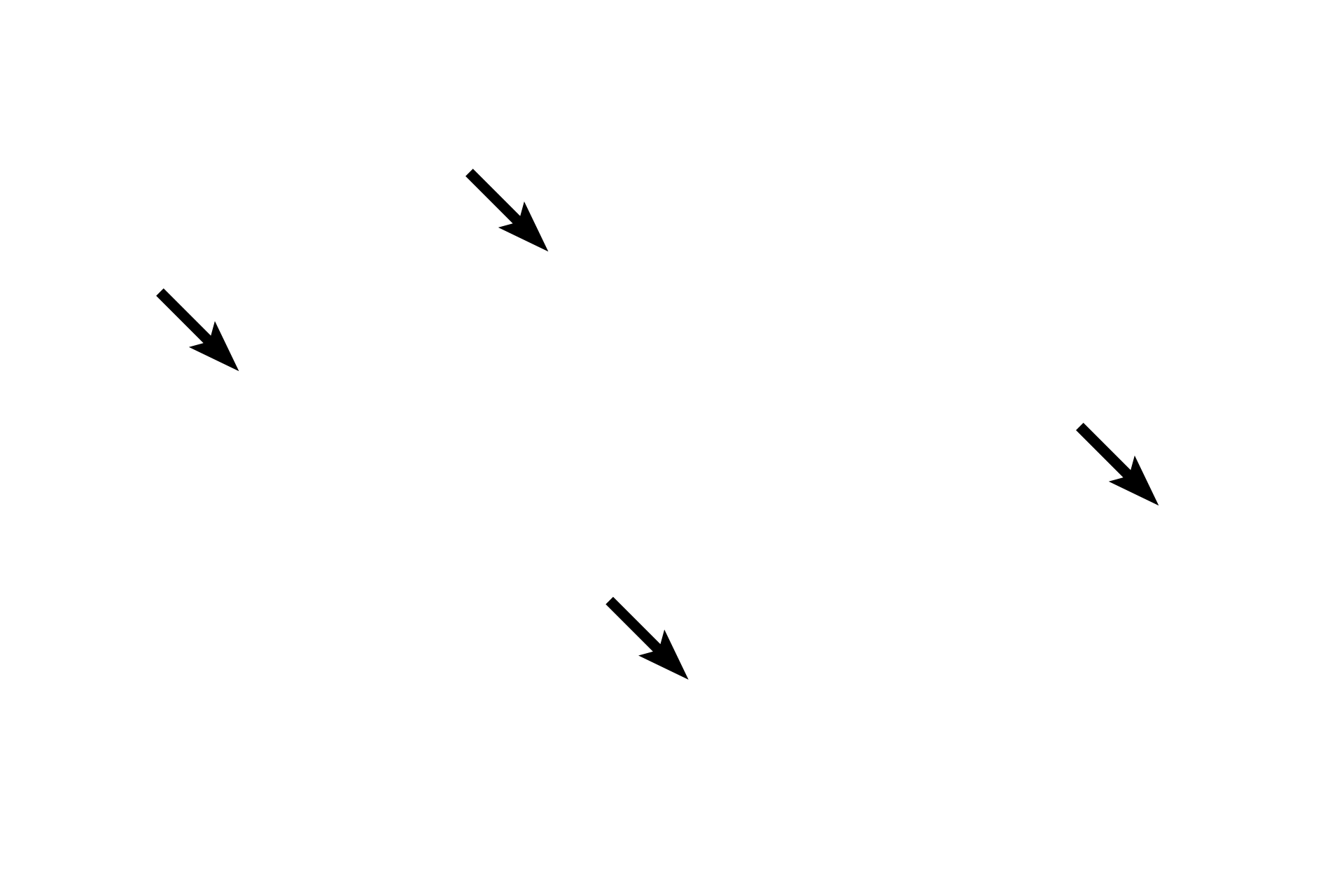
Pineal gland
The conical-shaped pineal gland, or epiphysis cerebri, is attached by the pineal stalk to the roof of the diencephalon of the brain, from which it develops. The gland is surrounded by a capsule of pia mater and arachnoid elements; connective tissue septa penetrate the gland, subdividing it into indistinct lobules. The pineal secretes melatonin, which regulates circadian rhythms. 100x.

Capsule
The conical-shaped pineal gland, or epiphysis cerebri, is attached by the pineal stalk to the roof of the diencephalon of the brain, from which it develops. The gland is surrounded by a capsule of pia mater and arachnoid elements; connective tissue septa penetrate the gland, subdividing it into indistinct lobules. The pineal secretes melatonin, which regulates circadian rhythms. 100x.

Connective tissue septa
The conical-shaped pineal gland, or epiphysis cerebri, is attached by the pineal stalk to the roof of the diencephalon of the brain, from which it develops. The gland is surrounded by a capsule of pia mater and arachnoid elements; connective tissue septa penetrate the gland, subdividing it into indistinct lobules. The pineal secretes melatonin, which regulates circadian rhythms. 100x.

Blood vessels
The conical-shaped pineal gland, or epiphysis cerebri, is attached by the pineal stalk to the roof of the diencephalon of the brain, from which it develops. The gland is surrounded by a capsule of pia mater and arachnoid elements; connective tissue septa penetrate the gland, subdividing it into indistinct lobules. The pineal secretes melatonin, which regulates circadian rhythms. 100x.

Corpus arenaceum >
Corpora arenacea, or brain sand, are commonly found in the pineal gland. These structures consist of accumulations of calcium phosphates and carbonates. Because the pineal is a midline structure, these radio-opaque corpora arenacea are often used as indicators of midline deflection of the brain resulting from pathological conditions.

Pinealocytes >
The major cell type of the pineal gland is the pinealocyte, a modified neuron. The main secretory product of pinealocytes is melatonin, which regulates light-dark cycles (circadian rhythms).
